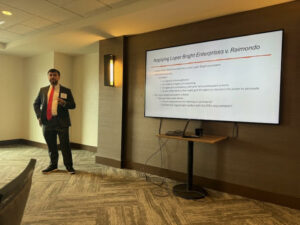
Pesticide Regulations: Brown Presents Research on EPA Rulemaking Authority After Chevron Overruled
Nicholas Brown, an editor for Farm Law & Tax, recently gave a presentation at the 2024 Southeastern Academy of Legal …



El inglés es el idioma de control de esta página. En la medida en que haya algún conflicto entre la traducción al inglés y la traducción, el inglés prevalece.
Al hacer clic en el enlace de traducción se activa un servicio de traducción gratuito para convertir la página al español. Al igual que con cualquier traducción por Internet, la conversión no es sensible al contexto y puede que no traduzca el texto en su significado original. NC State Extension no garantiza la exactitud del texto traducido. Por favor, tenga en cuenta que algunas aplicaciones y/o servicios pueden no funcionar como se espera cuando se traducen.
Inglês é o idioma de controle desta página. Na medida que haja algum conflito entre o texto original em Inglês e a tradução, o Inglês prevalece.
Ao clicar no link de tradução, um serviço gratuito de tradução será ativado para converter a página para o Português. Como em qualquer tradução pela internet, a conversão não é sensivel ao contexto e pode não ocorrer a tradução para o significado orginal. O serviço de Extensão da Carolina do Norte (NC State Extension) não garante a exatidão do texto traduzido. Por favor, observe que algumas funções ou serviços podem não funcionar como esperado após a tradução.
English is the controlling language of this page. To the extent there is any conflict between the English text and the translation, English controls.
Clicking on the translation link activates a free translation service to convert the page to Spanish. As with any Internet translation, the conversion is not context-sensitive and may not translate the text to its original meaning. NC State Extension does not guarantee the accuracy of the translated text. Please note that some applications and/or services may not function as expected when translated.
Collapse ▲
Nicholas Brown, an editor for Farm Law & Tax, recently gave a presentation at the 2024 Southeastern Academy of Legal …
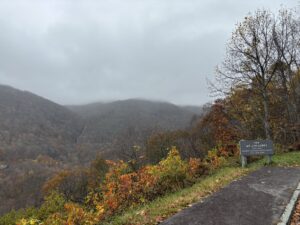
On October 16, 2024, Gov. Cooper issued an executive order to increase the maximum calculable amount of weekly unemployment …
December 26, 2024 UPDATE: On December 26rd, a merits panel on the Fifth Circuit Court of Appeals stayed the ruling …
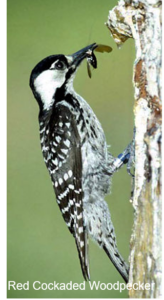
The U.S. Environmental Protection Agency shared the following news release Friday, October 11, 2024, introducing a toolbox of strategies …
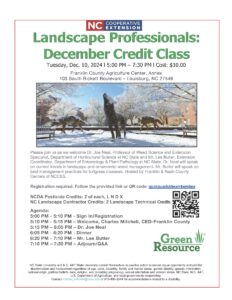
Landscape Professionals: December Credit Class Tuesday, December 11th, 2024 5:00 p.m. – 7:30 p.m. Meal at 6:00 p.m. Please join us as we …
The IRS announced extensions for certain North Carolina residents and businesses. These extensions apply to residents and businesses in …

For the remainder of 2024, the NC State Turf Diagnostics Lab will waive all fees associated with turfgrass disease …
Tropical storms and hurricanes are unfortunate events that are sometimes experienced by people living in North Carolina. Informed decisions …
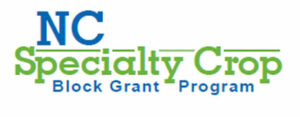
Nine North Carolina State University research projects that focus on helping specialty crop growers manage disease and adverse weather …
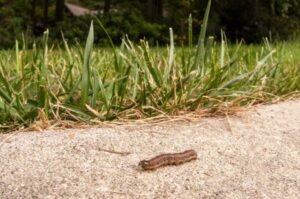
Doing a soap flush is one of the best ways to check for fall armyworm larvae activity in your …
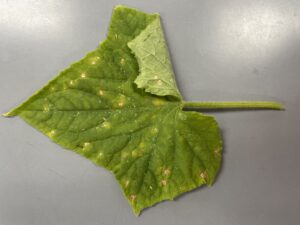
Cucumber downy mildew (CDM) has been confirmed on cucumber plant samples from a research plot at the Mountain Research …

With Debby lurking off the SC and NC coasts, discussing what should be done in the aftermath is essential. …
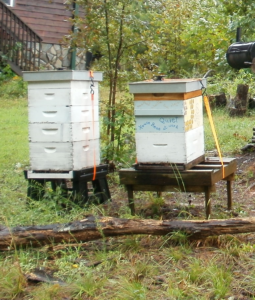
With the track of tropical storm Debby poised to make a significant impact on North Carolina, there are some …
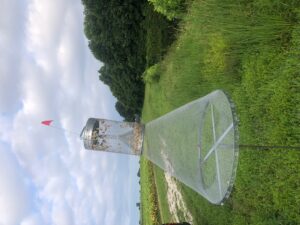
As we enter early August, we continue to track bollworm populations across the state. Extension personnel across the state …
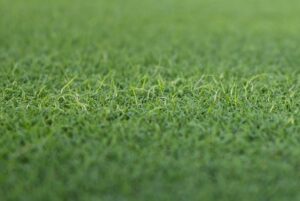
With the rapid transition from hot and dry to hot and humid, yellow spots develop on cool-season grass putting …
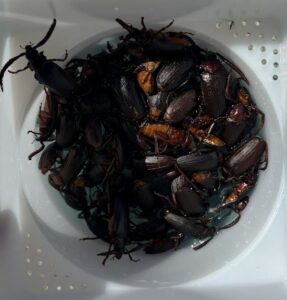
Prionus longhorn beetles, notably Prionus laticollis, Prionus imbricornis, and Prionus californicus (Coleoptera: Cerambycidae), pose significant challenges in agricultural and …

Agri-science Homeschool Course Date: Begins August 22nd Location: Nash County Agriculture Center Cost: $30.00 Covers workshop supplies. Do you homeschool your children? Here is …
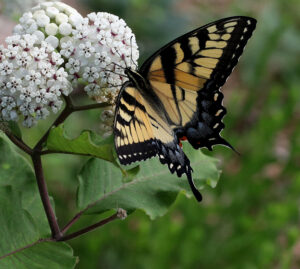
In late 2008, I planted a demonstration pollinator garden at Chatham Mills to provide forage from early spring to late fall for …
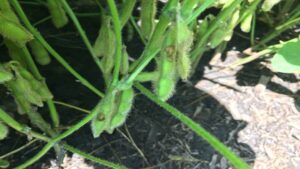
For many years, corn earworm has been the top pest in North Carolina soybeans in terms of cost of …
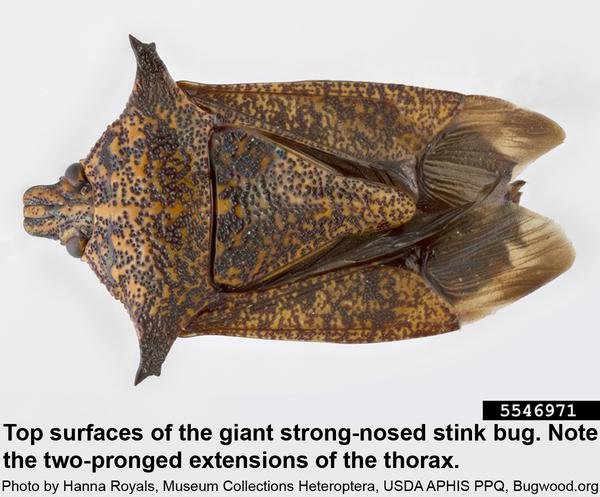
This factsheet describes the biology of the giant strong-nosed stink bug, Alcaeorrhynchus grandis, and provides …

This manual prepares pesticide applicators for Forest Pest Control Certification exams in the following states: …
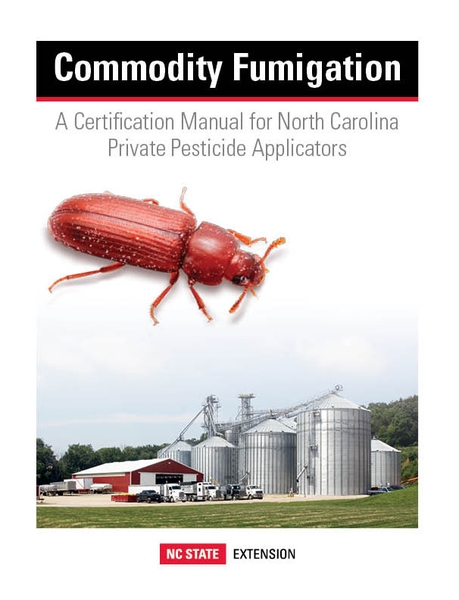
This manual provides guidance tailored for North Carolina's non-commercial pesticide applicators using fumigants in commodity …
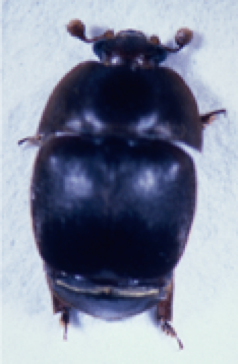
This factsheet describes the small hive beetle, its life cycle and how to prevent infestations …
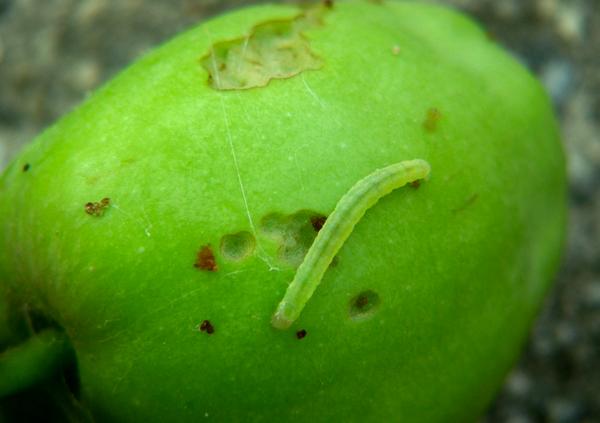
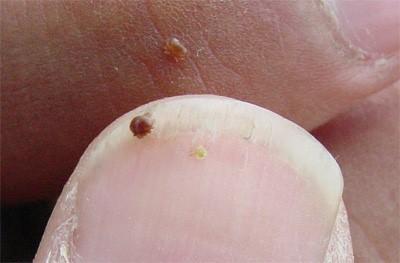
It is the goal of every beekeeper to maintain healthy, productive colonies. This can only …
To apply restricted-use pesticides to agricultural commodities, you must be certified or be supervised by …

This factsheet offers information on the biology and management of the emerald ash borer, an …